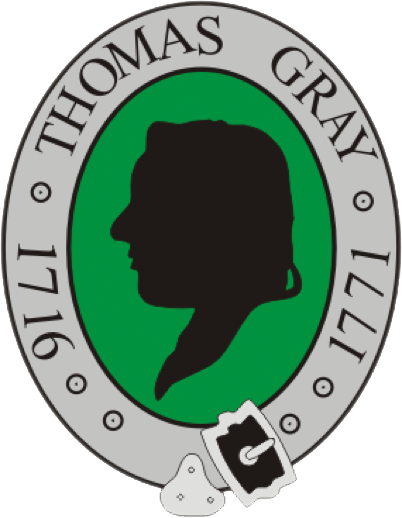Public houses
The historical hostelries of Stoke Poges
The Red Lion
Stoke Green. It is reputed to have been an inn or public drinking house for over 400 years. The pub and land were formerly part of the estate belonging to the Howard-Vyse family of Stoke Place. Henry Vallis was recorded as the licensee in 1891 and his family, who had been tenants since then, purchased the premises in 1964.
It is a Grade II listed national heritage asset.
The Fox and Pheasant
Gerrards Cross Road. It was first licenced in 1830 starting out as a beerhouse. It served the community of Stoke Common and nowadays much passing trade due to its location on the main north-south road, through the centre of the parish. Over a century ago, it hosted inquests into people who died in the surrounding area.
The Stag
Wexham Street. It was first licenced as a beerhouse in 1833.
The Rose and Crown
Hollybush Hill. It was first licenced as a beerhouse in 1853.
The Dog and Pot (closed)
Rogers Lane. The original public house is known to have existed before 1758, at which time it was called the 'Dog's Head and Pottage Pot'. It served the residents of West End where there was a thriving community around the north end of Rogers Lane, then called Kiln Lane due to the brick-making nearby. As well as the brick makers, it also served travellers to and from Farnham Common and Hedgerley. It was moved to its present location in 1898 when the road was diverted and the old Dog and Pot apart from the stables were demolished.
Close by, the house now known as Winterclyde was once a beer house called the Oddfellows Arms, first licenced in 1850.
The Dog and Pot closed as a pub in 2011 and was sold for redevelopment. Residential homes were built and the main pub building was converted into a private dwelling.
The Six Bells (demolished)
Gerrards Cross Road. The original Five Bells was at the bottom of the hill in Sefton Park, opposite the village pond in Bells Hill recreation ground. It moved to the top of the hill in 1822. When a sixth bell was added to the Church peal a new public house called the Six Bells was built half way up the hill and the Five Bells was renamed the Sefton Arms, which was demolished in 1967 when the area was redeveloped. The Six Bells closed at the end of 2012 and residential houses were then built on the site.
A British Pathe newsreel of a 1969 beard growing competition held at the Six Bells is available to view.
The Plough (closed)
Wexham Street. The earliest mention of 'The Plough' is in 1771 when it was known as 'The Plow Victualling House'. In 1807, James and and Stephen Darby of the Cookham brewery owned it for 31 years before selling it on Neville Reid & Co, predecessors of Courages.
When in 1824 a sixth bell was added to the St Giles' Church peal, it was brought to the Plough for parishioners to see it before it was taken to the church tower. Three sacks of wheat were thrown down on the floor in triangular fashion in the corner of the bar and the bell crown downwards was fixed between the sacks and filled to the rim with beer.
The Plough did not re-open after the lockdowns of the Covid-19 pandemic.
It is a Grade II listed national heritage asset.
